We caught up with the brilliant and insightful Tanya Sanchez-ramirez a few weeks ago and have shared our conversation below.
Alright, Tanya thanks for taking the time to share your stories and insights with us today. How did you learn to do what you do? Knowing what you know now, what could you have done to speed up your learning process? What skills do you think were most essential? What obstacles stood in the way of learning more?
My photography career all began in my senior year of high school, where I grew to appreciate the creative process of producing images. I was drawn by how a camera could serve as a tool to visually express my ideas. This passion for photography kept pulling me back and it motivated me to take initiative to explore free resources to improve my skills.
During the summer, I would visit my local public library, checking out books about posing, lighting, and camera techniques. I also took advantage of the library’s free online courses by enrolling in a photography class to further enhance my understanding. These resources helped me build a foundation despite limited access to formal training at the time. I believe I did the best I could to be resourceful in terms of accelerating my learning process given my circumstances. By being self-motivated and committed to grow, I was able to further my skills when I attended California State University of Long Beach, where I earned a Bachelor of Fine Arts in Photography.
As a photographer, balancing technical and personal skills are essential. On the technical side, understanding lighting, mastering manual mode, and experimenting with different editing styles are crucial. However, personal skills, such as the ability to evolve as an artist, communicate effectively, and the ability to view your work from a third-person perspective are equally as essential. Most importantly, you do not need the latest equipment to create powerful work. I’ve seen photographers with modest camera setups who produce breathtaking photographs, while others with advanced camera setups struggle because they lack practice on their creative vision. Your creativity outweighs any equipment. Your artistic eye and willingness to push your boundaries are what truly defines you as a photographer.
One of the biggest obstacles that stood in my way from learning more, was not being friends with other artists early on. In community college, I did not have the opportunity to socially interact since we were placed online due to the pandemic. However, while in CSULB, I learned a lot from my artist friends who range from different art mediums. Their constructive criticism and along with my professors have helped me refine my work. If I could go back, I would have embraced this process sooner, as it was a transformative step in my growth as an artist.

Great, appreciate you sharing that with us. Before we ask you to share more of your insights, can you take a moment to introduce yourself and how you got to where you are today to our readers.
Hello! My name is Tanya Sanchez-Ramirez, and I am a first-generation Mexican American photographer. I have been a professional photographer for roughly about seven years, with a portfolio that ranges both gallery exhibitions and commercial projects.
Most of my gallery work emphasizes on some difficult themes such as femicide and the machismo culture in Mexico. I feel a sense of responsibility to bring awareness to these historical events and to question these social issues. I create my artwork to honor the stories of the femicide victims and to bring awareness of these injustices. Through the use of photography, I hope to spark meaningful conversations and to bring attention to the topics that are often difficult to address. For future projects, I plan to continue exploring themes that deeply impact the Latine community and to use my work as a platform for change.
On the commercial side, I feel fortunate to have a diverse range of event coverage, portraiture, and product photography. When I work with clients, I prioritize creating a comfortable, safe, and collaborative environment. If my client has a specific vision in mind, I work with them to bring their ideas to life. I like to make sure they feel confident and trust me to capture their essence. For portraiture clients who may feel a bit camera shy, I often play music during shoots to help them relax. In event coverage, I have had the honor of photographing music artists, actors, and influencers, with one of my proudest moments being the opportunity to photograph for Rolls-Royce and Jay Leno.
I am extremely grateful for my background in both fine art and commercial photography. My fine art projects have allowed me to connect with audiences on an emotional level, while my commercial work has helped clients communicate their vision effectively. For potential clients and followers, I want them to know that my work is rooted in a passion for storytelling and a dedication to creating visuals that inspire, engage, and leave a lasting impression.
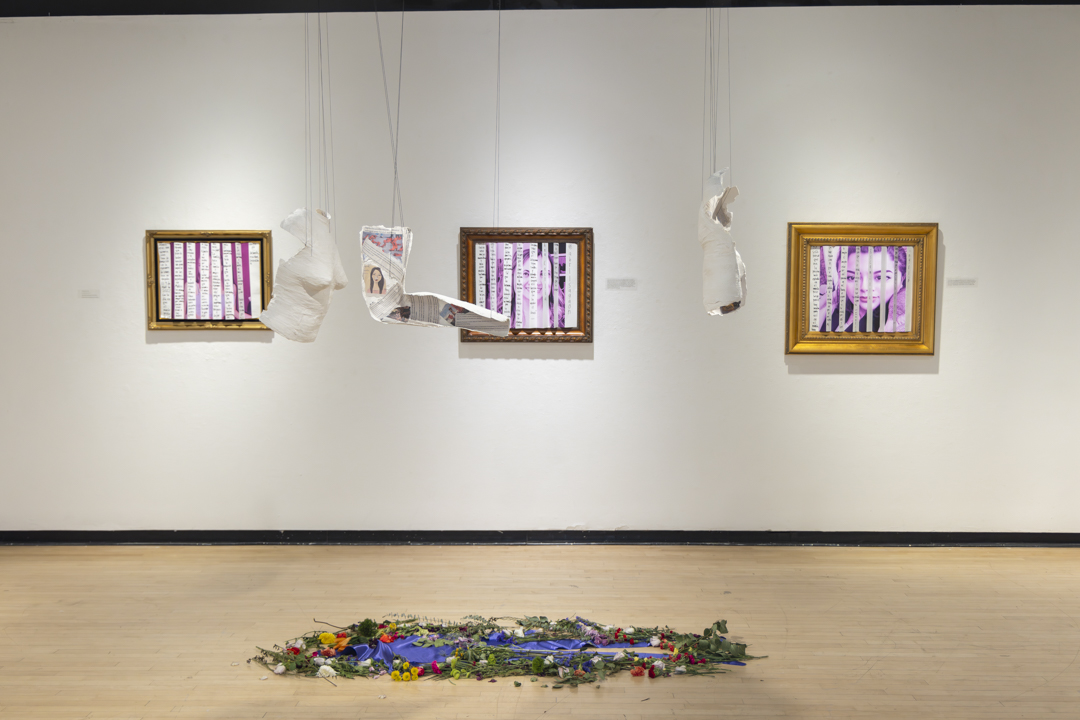
Is there mission driving your creative journey?
I have several goals in terms of my creative journey in photography. One day, I hope to spend a month traveling throughout Mexico to immerse myself more into the culture and connect with the local communities to further enhance my work. I also hope to have one of my works displayed in a museum space or in a public space. I believe that art should be accessible to everyone and go beyond the norm of displaying work on walls.
In the near future, I envision creating a photo community or media agency where creatives can collaborate in a shared studio space and provide each other with constructive feedback. One of the biggest challenges for artists after leaving an academic institution is finding both a creative environment and a supportive network that encourages growth. I hope to be able to help bridge that gap.
Additionally, during my observation hours in various high schools, I noticed many skilled young artists. However, they did not have any professional guidance when they considered art as a career path. I want to support their growth and help merge that gap by sharing knowledge and resources. I plan to pay it forward by creating and uploading tutorials to be free educational tools.

What can society do to ensure an environment that’s helpful to artists and creatives?
I believe society can best support artists and the creative ecosystem by providing accessibility, education, and financial sustainability. Communities should prioritize affordable studio spaces for artists and support funding for public art installations. These actions can also encourage participation in future community art events, strengthening the connection between art and the public.
Education plays an important role in shaping how society views art. We need to advocate for the inclusion of visual literacy in school curriculums to help future generations to develop a greater appreciation for the arts. As a society we often prioritize STEM fields, which causes us to overlook the joy that art brings us in movies, books, or music. Artists from all art mediums are important in the contribution of society. Schools can further support aspiring young artists by providing creative after school programs and mentorship opportunities.
Regardless of financial status, community workshops and free online resources can be placed for our students to have the skill building tools in order to succeed. Counties and organizations should invest in grants, scholarships, and art residencies to provide artists the resources they need. A thriving creative ecosystem benefits everyone and enriches our culture.
Contact Info:
- Website: https://portfolio-quuyrmk.format.com/
- Instagram: @tanya.in.focus
- Other: TikTok – @tanya.in.focus

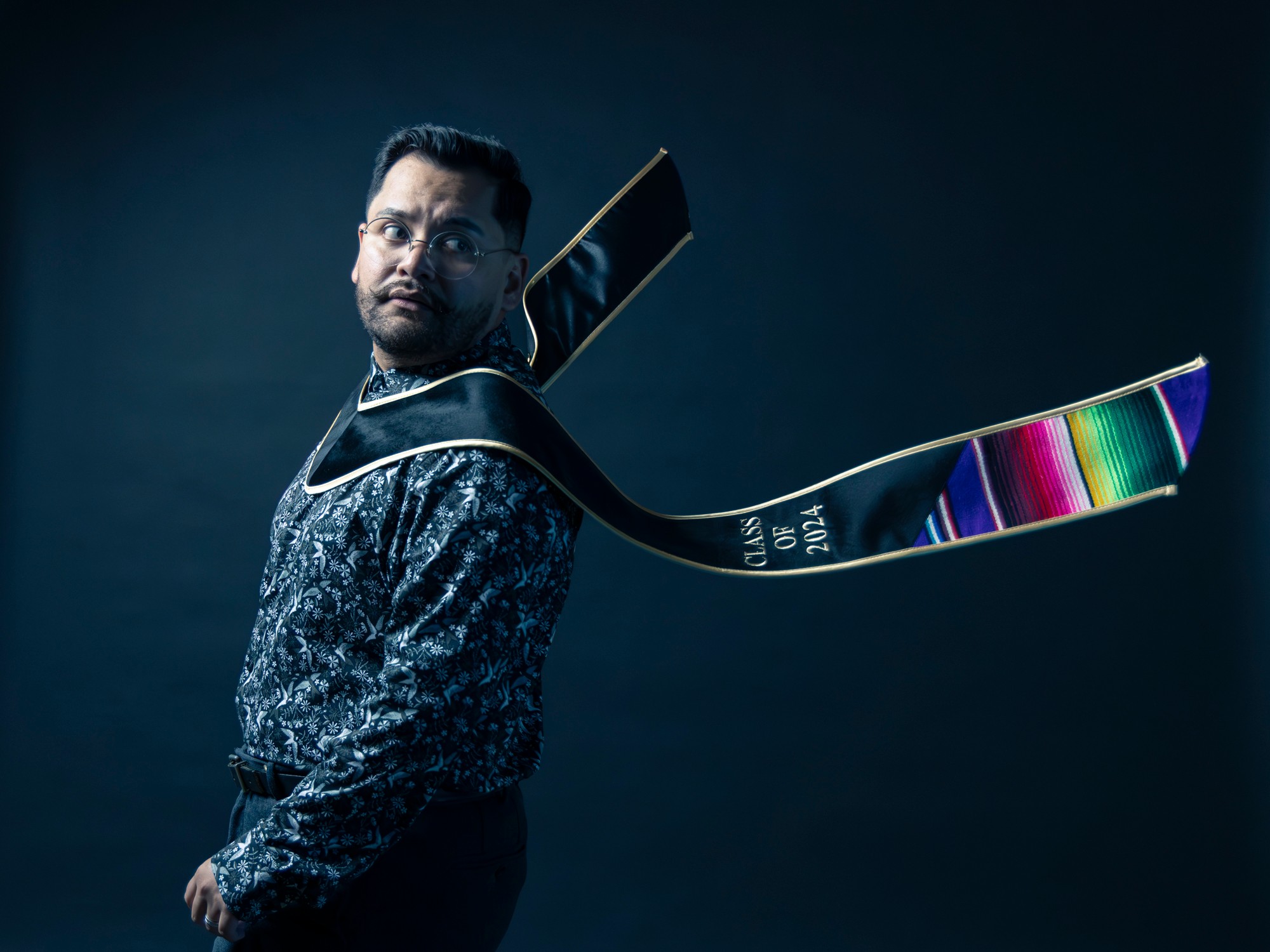
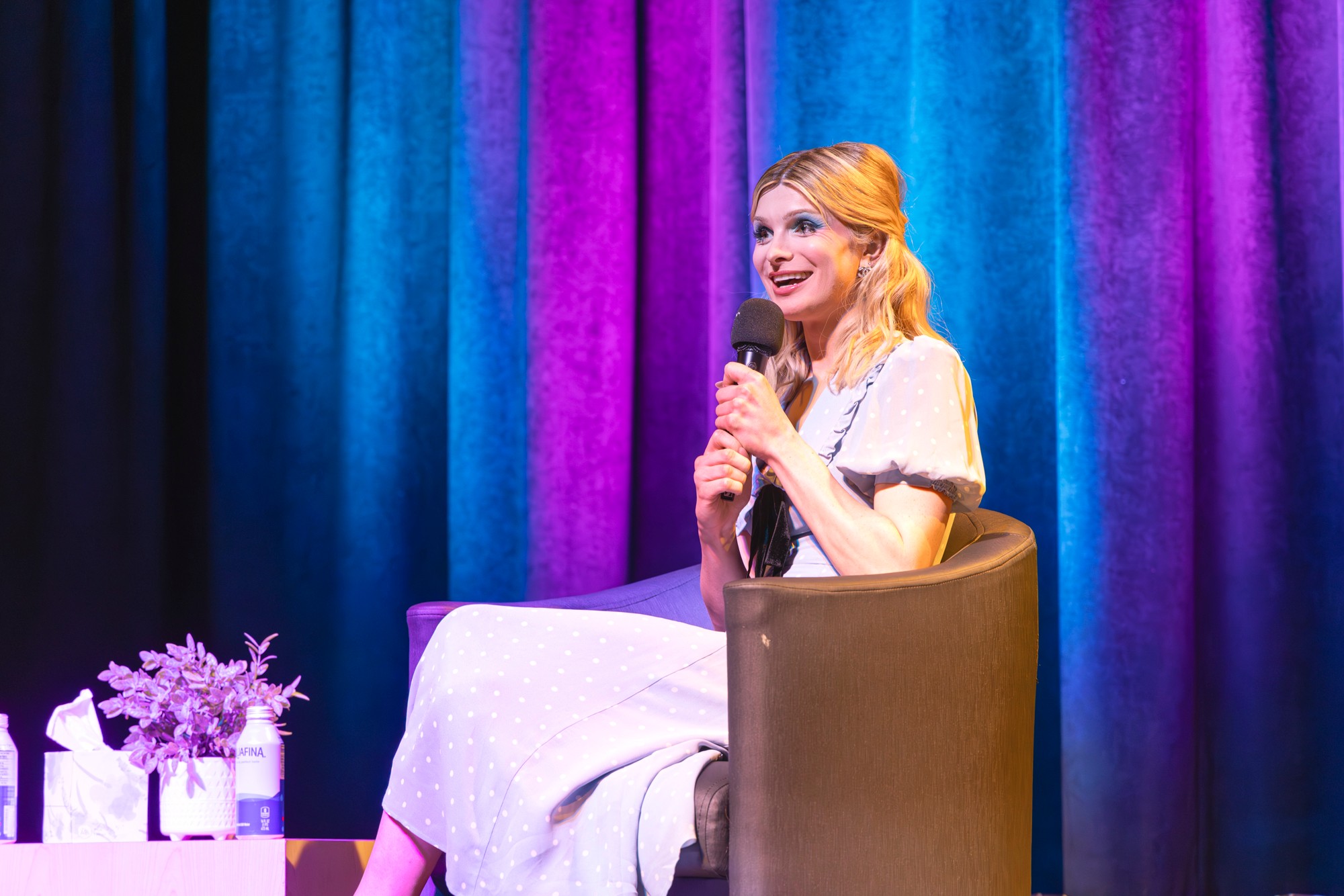

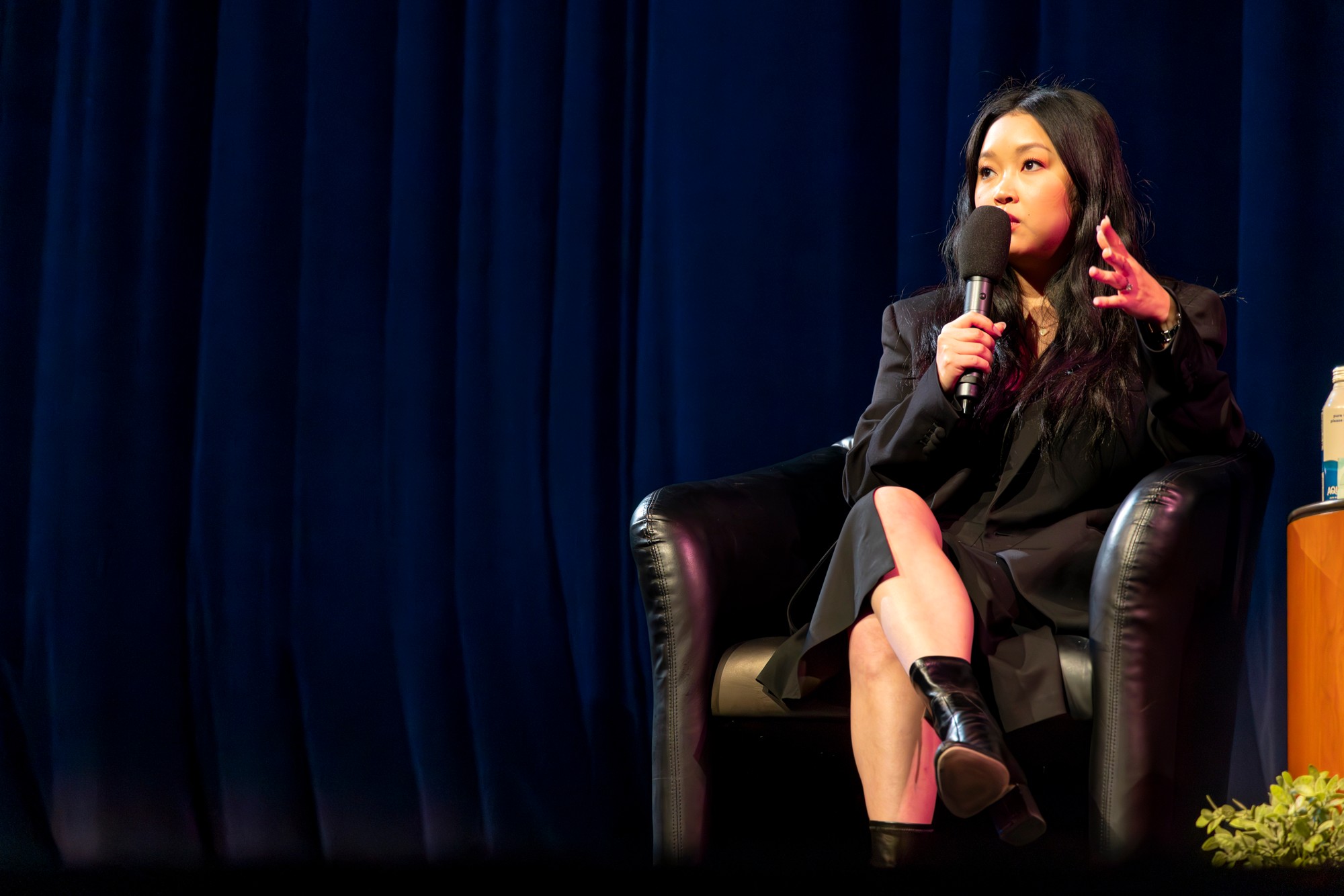
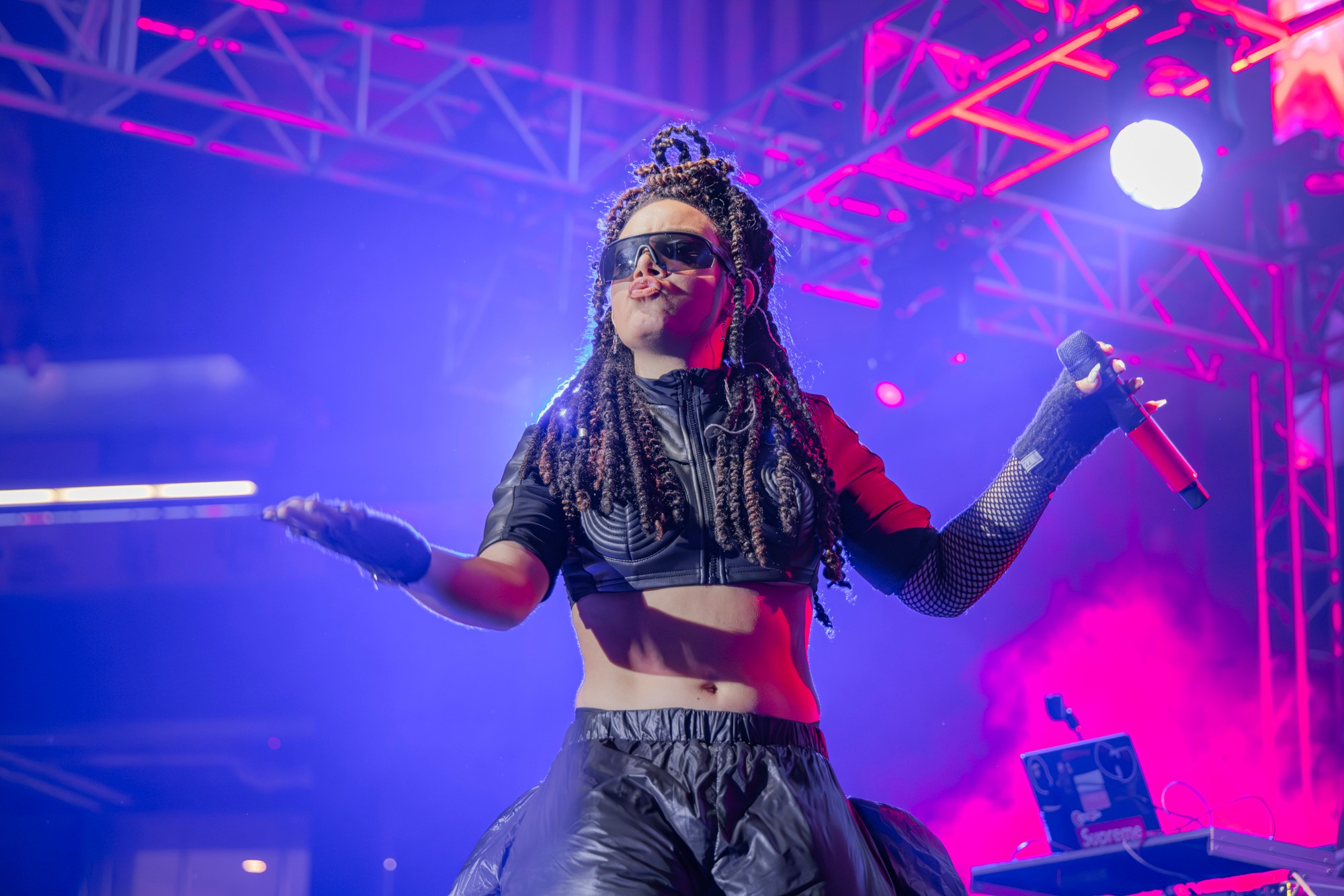
Image Credits
Portrait of Tanya Sanchez-Ramirez by Jesse Hernandez


